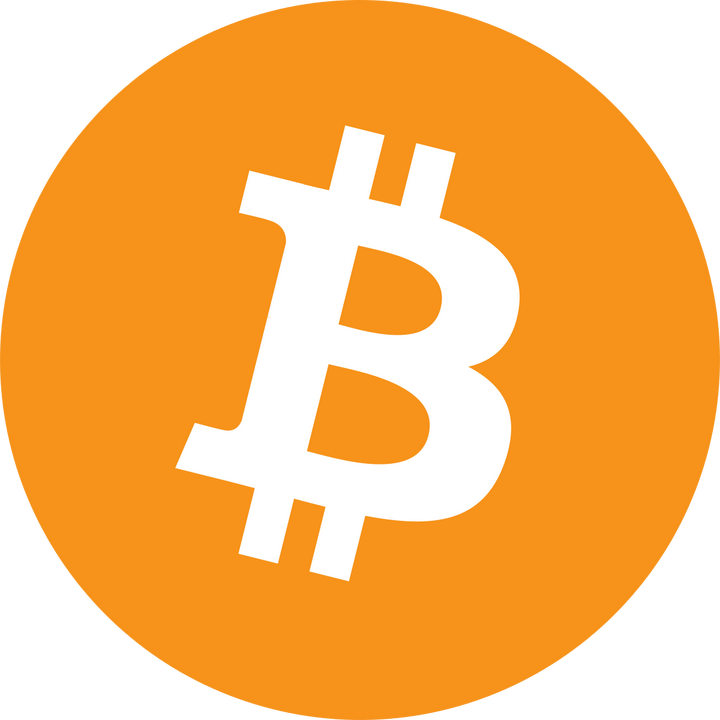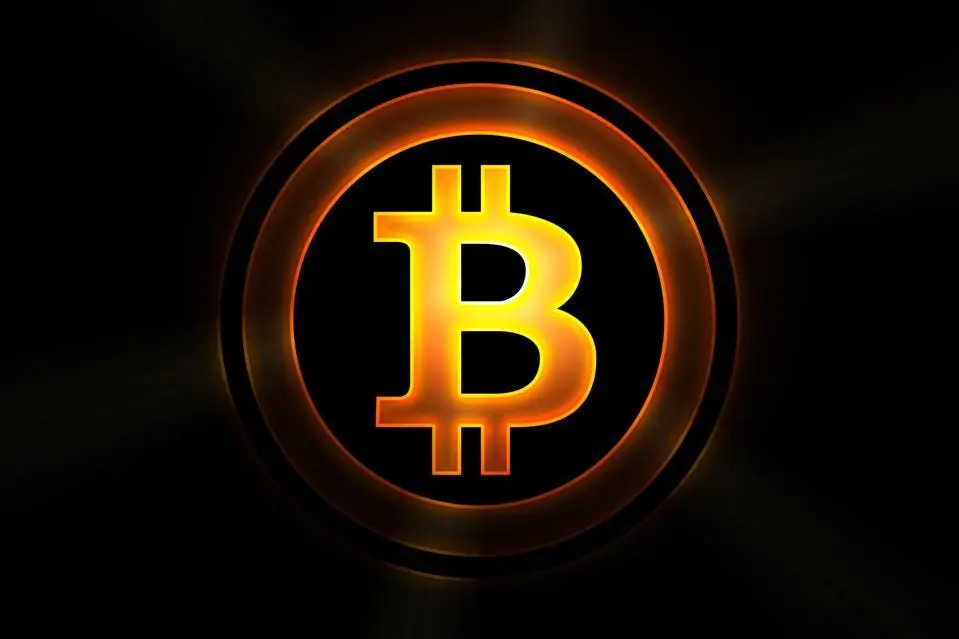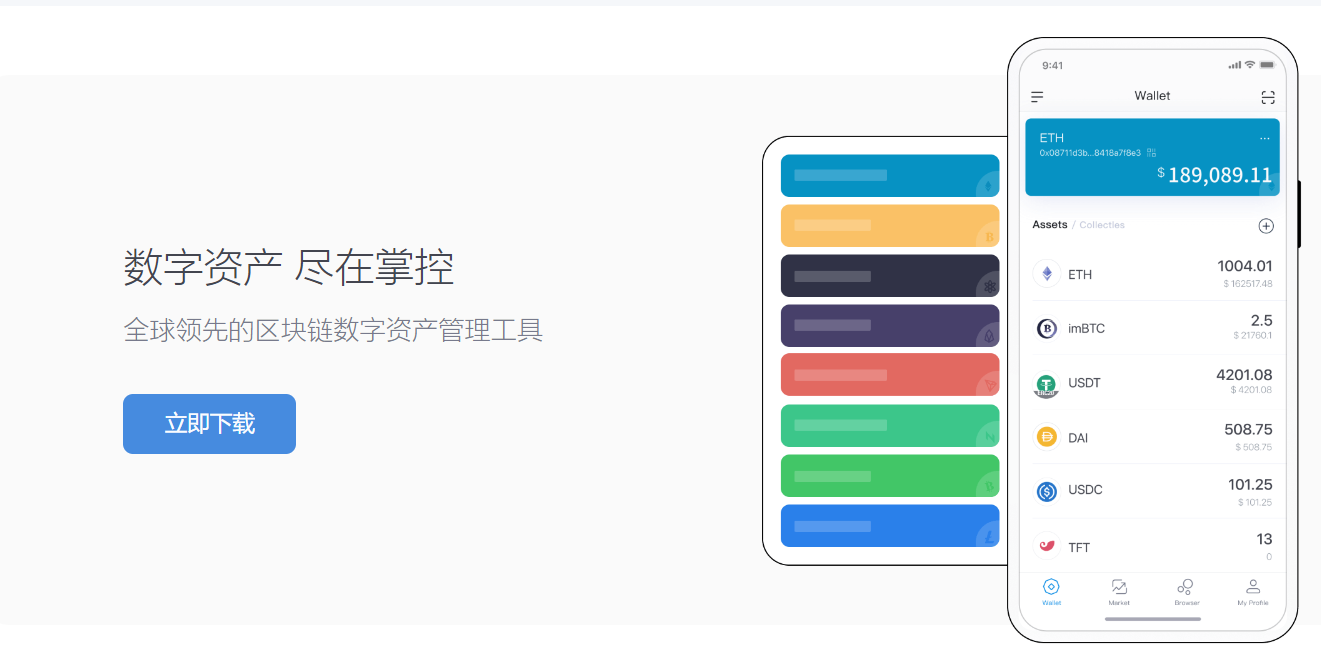why did luna plunge? Is there still an investment price for bitcoin?
luna why fell into this, coin can still speculate
Recently, the cryptocurrency market as a whole has been heading downwards, with UST completely off-anchor, LUNA plunging from its high to $0.001884, UST also plunging to $0.16, and bitcoin plummeting to around $29,000.
In response, Do Kwon, founder of Terraform Labs, which provides support for the Terra blockchain, is taking steps to shore up its algorithmic stablecoin, and Luna Foundation Guard, an association created to support decentralized tokens and the Terra blockchain, said that as the cryptocurrency market continues to plummet and TerraUSD falls below $1 USD, it will issue about $1.5 billion worth of Bitcoin and TerraUSD loans to help strengthen the peg to TerraUSD.
So what is the mechanism inherent in the severe unanchoring of UST and the rapid decline of LUNA into a death spiral that drew the Luna Foundation Guard Association to the rescue?
Terra’s Ecological Composition
Simply put, Terra (token Luna) is a public chain ecology built around a stablecoin, and its business goals can be summarized into two points: to promote the prosperity of the Terra public chain and provide a platform for open finance and other applications to develop the Web3 economy; and to promote the mass adoption of its stablecoin represented by UST (an algorithmic stablecoin) to replace centralized USDT, USDC and other stable coins. Terra has also successfully come out of the loop through its stablecoin+public chain model.
Terra has deeply bound its stablecoin to the public chain business, specifically in that Terra’s public chain ecology provides the initial application scenario for the stablecoin, solving the biggest problem of stablecoin, namely cold start. stablecoins such as UST need to destroy Terra’s token Luna to be minted, and the larger the stablecoin issuance, the larger the Luna deflation scale and the smaller the total supply. Conversely when USTs are redeemed in reverse for Luna, the supply of Luna increases.
It follows that the purpose of Luna is to absorb the volatility of USTs. For every UST minted, $1 worth of Luna must be burned. luna maintains the anchoring of the UST to the dollar through the arbitrage and minting tax mechanisms. If $UST price is > $1$, there is an opportunity to destroy $Luna , mint $UST and take the difference with the peg as profit. If UST is < $1$, one can burn $UST for $Luna to restore the peg. Buy $1 UST for less than $1 and get $1 worth of Luna. then sell $Luna at a profit. As the demand for $UST grows, Luna gets burned day by day.
What is the source of demand for ## UST?
Anchor Protocol (hereafter referred to as Anchor) is Terra’s official DeFi platform launched in March 2021 and is essentially Lending, similar to Compund. However, what makes Anchor special is the extremely high APY (Annual Percentage Yield), which is always maintained at around 20%.
Anchor has three characteristics: simplicity, just deposit UST into Anchor, you can get a fixed income and high interest rate; stability, through the rewards of multiple PoS blockchain to achieve a stable interest rate; high yield, APY basically maintained at 20%.
So in the Terra ecosystem, the lending protocol Anchor acts as a “national bank”, promising a very high 20% demand rate of return to absorb public deposits (in the form of UST).
Anchor’s main revenues include: interest on borrowed funds + PoS rewards on borrowed collateral (currently bLUNA and bETH) + liquidation penalties; Anchor’s main expenses include: interest on deposits. Considering that Anchor itself provides a high ANC token subsidy to borrowers and that Anchor as a whole is in a loss-making position, Anchor faces additional ANC token price maintenance costs in order to maintain the ANC token price, i.e. to address the ANC token selling pressure. In other words, Anchor needs to incur expenses of around $1 billion per year without considering the revenue from clearing, as well as the cost of ANC token price maintenance, and team staff salaries.
Anchor alone is clearly unable to cover these expenses. Just this February, with Anchor’s reserve pool about to bottom out, Terra’s eco-fund LFG (Luna Foundation Guard) announced a $450 million UST grant to Anchor to replenish its reserve pool. This confirms the point that Anchor, unlike other lending agreements, is essentially an integral part of Terra’s planned economy, and that its current commercial operation is not in pursuit of profitability, but rather a product that is officially funded by Terra and subsidizes the expansion of the UST.
This also allows us to see the complete logic of Terra.
First creating and subsidizing its own DeFi scenario within the public chain (represented by Anchor), which shapes the demand for stablecoins.
Demand drives the scale of UST minting and users start to be brought in.
Improving the data performance of the ecosystem, such as TVL, number of addresses, transfer activity and the number of projects participating in the ecosystem.
A boost in metrics reinforcing the appeal of the Luna narrative.
The ability to drive partnerships with more headline projects based on improved consensus and fundamentals.
the enhancement of the narrative and consensus, which boosted Luna’s trading breadth (number of investors and regions) and trading depth, and gradually pushed up prices
Funding by the entity in the form of cashing out or destroying Luna.
Continued subsidies with the cash out, driving the above cycle.
Risk of Death Spiral
Of course, the logic of the above is that the actual controller can fund the subsidies provided by Anchor by cashing out or destroying Luna. If obtaining the funds and maintaining the subsidies can be done better, the lower the cost of maintaining the above cycle.
If the above link can be well accomplished, it is shown that the external third-party scenario of stable coins starts to increase and the acceptance scope expands; more native Web3 projects and developers flock to Terra ecosystem to spontaneously build more applications and attract more users. In this way, UST is the engine of Luna, and Luna is the stabilizer of UST, both interacting with each other and easily forming a positive spiral when the trend is positive.
Luna is essentially the invisible collateral of stable coins such as UST. The higher the market cap of Luna relative to the stable coin and the better the trading depth, the more sufficient the collateral is, the less risk of de-anchoring the stable coin and the lower the cost of maintaining consensus, and vice versa, the easier it is to fall into a death spiral. For example, when the cycle is broken and crypto asset prices collapse, the stable coins and public chains where Terra is based are not immune.
In fact, Anchor certainly realizes the importance of keeping the cycle and subsidizing the source and is taking steps to increase production reserves, Anchor is adding new collateral assets: bLuna, bETH, wasAVAX, bATOM. it will help increase Anchor’s profits, but it won’t change much of the picture. The next step is to introduce anchor dynamic rates. According to the proposal, the anchor yield will decrease at a rate of 1.5% per month, with a minimum APY set at 15%, which will be reached within 3 months.
Since the majority of UST demand is based on a single agreement, it is critical that Terra maintain a high APY in the anchor agreement. If the Anchor yield reserve goes to 0 or the APY goes below the point where people want to keep UST in Anchor, demand for UST contracts and LUNA may fall as people will start selling UST, more Luna will be minted and supply increases Luna prices may fall further.
Overall, with the formation of LFG and the inclusion of BTC under the UST reserves and redemptions, Terra Eco is trying to keep the business cycle going, but it remains to be seen if it can realistically deal with more, sudden complications and prevent going to a negative spiral in an extreme market.
Translated with www.DeepL.com/Translator (free version)




